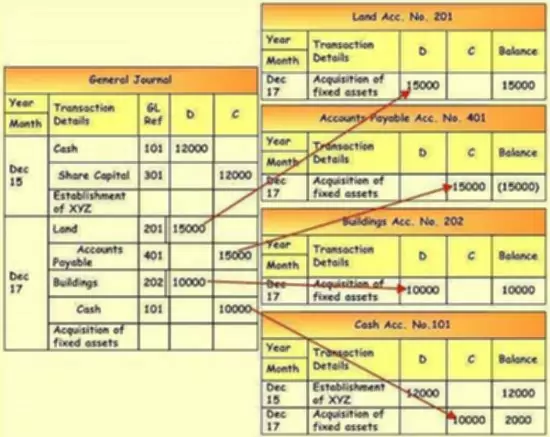Content

The equity capital/stockholders’ equity can also be viewed as a company’s net assets . Investors contribute their share of (paid-in) capital as stockholders, which is the basic source of total stockholders’ equity. The amount of paid-in capital from an investor is a factor in determining his/her ownership percentage. Looking at the same period one year earlier, we can see that the year-on-year change in equity was a decrease of $25.15 billion. The balance sheet shows this decrease is due to both a reduction in assets and an increase in total liabilities.
For sole traders and partnerships, the corresponding concepts are the owner’s equity and partners’ equity. The share capital represents contributions from stockholders gathered through the issuance of shares. It is divided into two separate accounts common stock and preferred stock. Owner’s equity is negative when a company’s liabilities exceed its assets, which can happen in a small business, for example, if the owner withdraws too much money from the company. Negative equity can create long-term problems for a business because it indicates that the company doesn’t have enough capital to support its operations. Owner’s equity is the asset value left in a company after liabilities have been paid.
Retained earnings
Just like any other company, Tesla’s share price is largely based on the flow of investments from risk-taking investors. Some small business owners may overlook the statement of stockholders’ equity if they are focused only on money coming in and going out. But income shouldn’t be your only focus if you want a good idea of how your operations are faring. The total assets of a company which comprises of current and non-current assets as well as the liabilities of a company which include current liabilities and long-term liabilities are determined. For example, stockholders’ equity represents the amount of assets remaining after subtracting total liabilities from total assets on a company’s balance sheet. So, if a company had $2 million in assets and $1.2 million in liabilities, its stockholders’ equity would equal $800,000.
- Stockholders can do many things with their shares such as redeem them, sell them to other investors, or donate them to charity.
- Locate total shareholder’s equity and add the number to total liabilities.
- However, if a corporation must liquidate its assets, common shareholders are not compensated until all creditors have been paid and preferred owners have been repaid.
- The statement of stockholder equity is used by companies of all types and sizes, ranging from small businesses with just a handful of employees to large, publicly traded enterprises.
- Shareholders equity does not single handedly depict a company’s financial health, there are other factors to be considered.
You can statement of stockholders equity shareholder equity by adding together all assets and all liabilities from a company’s balance sheet. This is one of the formulas that can be used, with total assets and total liabilities being used to calculate owner’s equity. Certain shareholders anticipate a dividend as a return on their investment from the firm.
Formula
It’s important to understand the difference between these two concepts because they can have a major impact on a company’s financial health. For example, a company with high levels of debt may be at risk of defaulting on its loans, while a company with high levels of equity may be able to weather a financial storm. Operating liabilities are incurred in the normal course of business and include items such as accounts payable and taxes payable. Let’s take a closer look at each of these concepts to better understand the difference between shareholders’ equity and liabilities.
How do you calculate shareholders equity?
Shareholders' equity may be calculated by subtracting its total liabilities from its total assets—both of which are itemized on a company's balance sheet. Total assets can be categorized as either current or non-current assets.
However, looks may be deceiving, and raising a company’s share capital does not always make it a safer option in the eyes of experienced investors. As a result, some businesses will seek to expand their share capital as an alternative to a loan. Preferred share investments, like ordinary stock, are unsecured but given certain payment terms. However, they are not legally required until the corporation reports the payments.












